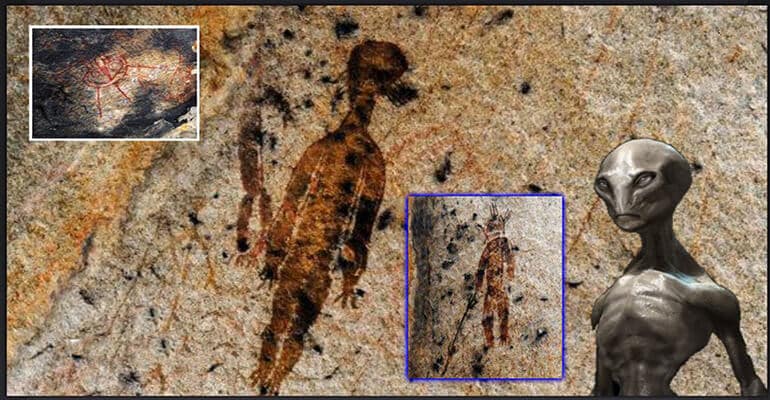


"We can now say with certainty that there has been no human activity in the Chauvet cave for about 30,000 years." "But now we know there is 10,000 years - or even 15,000 years - of a split in the dates of these two sites," she told AFP. "What is new in our study is that we have established the chronology of the cave for the first time in calendar years," said Anita Quiles, a scientist at the French Institute for Oriental Archaeology in Cairo.īecause of stylistic similarities, researchers had long believed that the Chauvet art was from about the same period as that contained in Lascaux, a prehistoric site in southwestern France that dates to 20,000 years ago. Photos: Cave Art Shows Prehistoric Southern Living The cave is located in Vallon-Pont d'Arc, Ardeche, and was classified as a United Nations Educational, Scientific and Cultural Organization (UNESCO) World Heritage site in 2014, 20 years after it was first discovered. The red and black cave drawings contained in the cave are more than 30,000 years old, according to a radiocarbon dating study published this week in the Proceedings of the National Academy of Sciences, a peer-reviewed US journal. Some of the world's oldest prehistoric artwork, located in the Chauvet-Pont d'Arc cave in southeastern France, is actually 10,000 years older than previously thought, researchers said Tuesday.


 0 kommentar(er)
0 kommentar(er)
